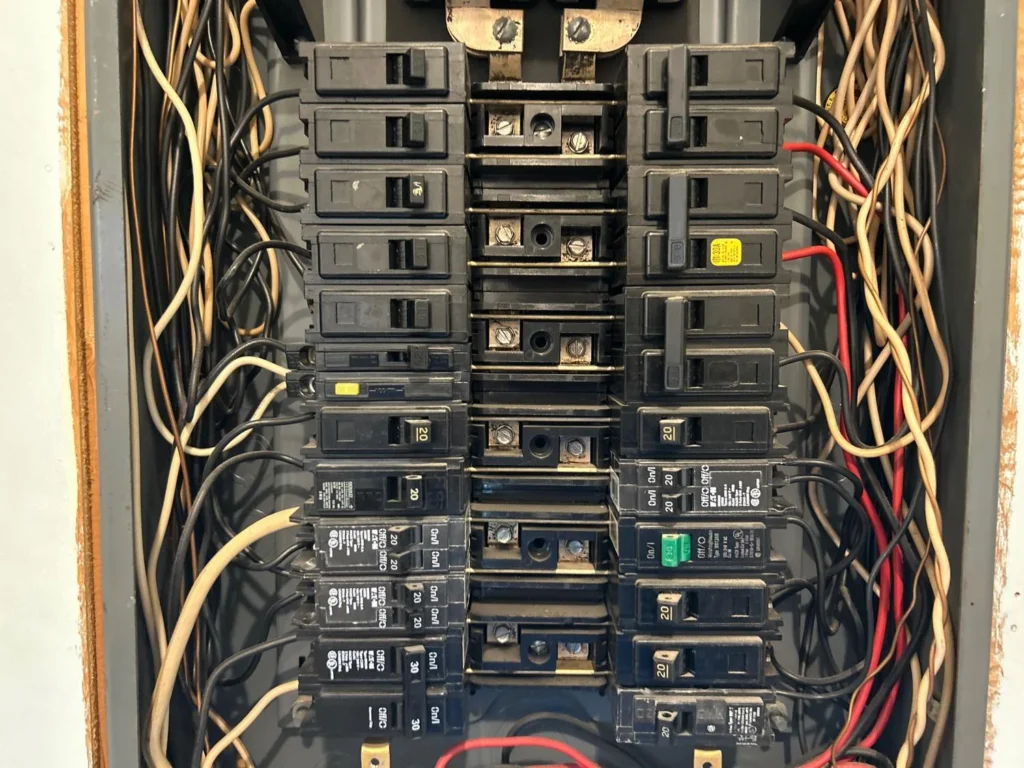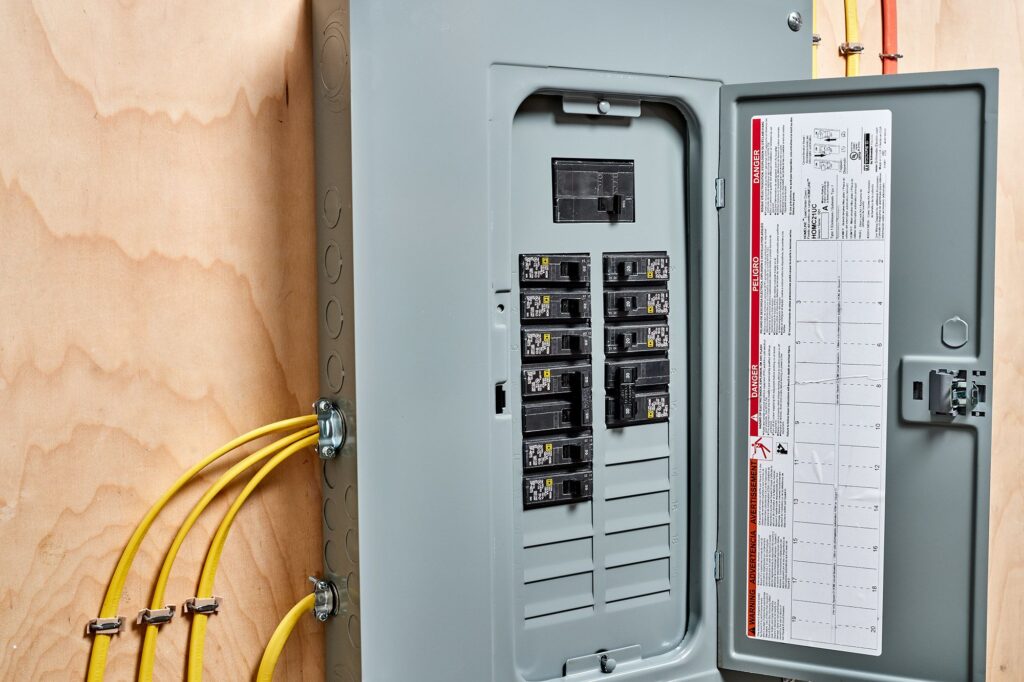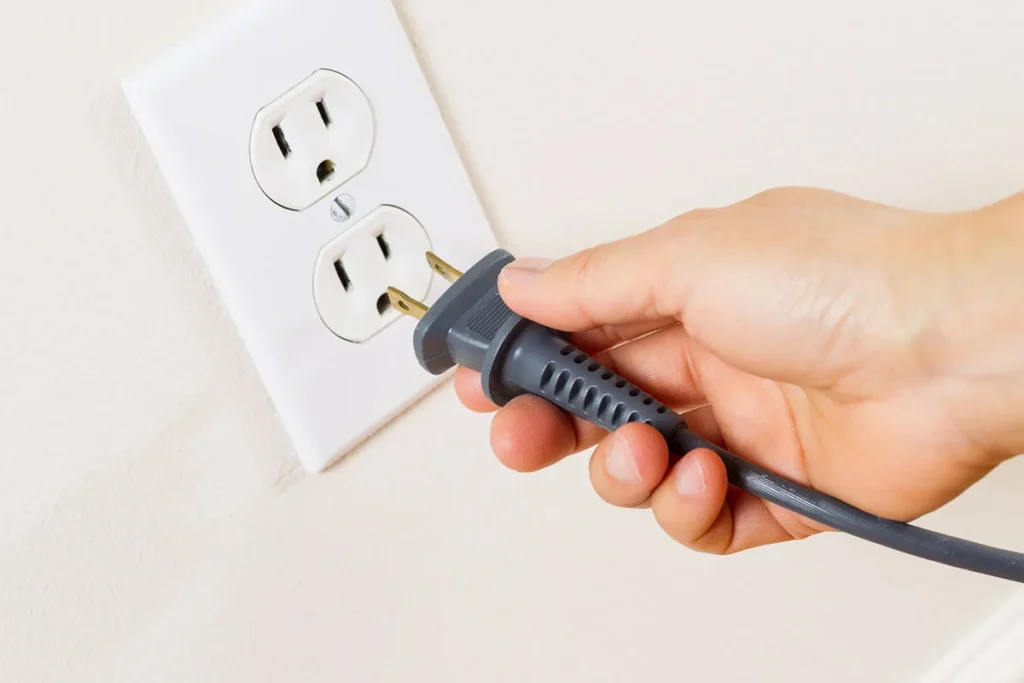
Electricity lights up our homes, powers our appliances, and keeps us connected to the world. Yet, without proper knowledge and care, it can pose risks. This guide simplifies the electrical system in your home, offering key insights to ensure it not only powers your daily life but does so safely and efficiently. From understanding basic wiring to addressing common safety concerns, we’ll equip you with the knowledge to make informed decisions about your home’s electrical health.
Here’s what we’ll cover:
- The basics of home electrical systems
- Key components you should know
- How to use extension cords correctly
- Important safety devices like fuses and GFCIs
- Quick tips on addressing common electrical questions
Discovering the Basics of Your Home’s Electrical System
The journey of electricity into and throughout your home is fascinating. From the moment it enters through service wires, it’s directed by a complex network to light up your space and power your devices. Knowing the difference between 120-volt and 240-volt circuits is crucial, as it determines how we power different appliances. Learn more about your home’s electrical circuits.
Central Components of an Electrical System
The Heart: Electrical Service Panel
This is where electricity is distributed across your home. Located near the meter, it features breakers or fuses that protect your home by cutting off power in case of an overload. It’s vital to understand its layout for quick, safe access during emergencies.

Connecting Points: Outlets and Receptacles
Outlets are where electricity becomes accessible to us. Modern homes are equipped with polarized or grounded outlets for enhanced safety. Special tamper-resistant receptacles have been introduced to prevent accidental shocks, making them ideal for families with young children.

The Handy Helper: Extension Cords
While extension cords offer convenience, they demand respect. Using the right cord for the job, regularly checking for damage, and avoiding overloading are key practices to prevent hazards. Read about safe extension cord use.
Elevating Your Electrical Safety
Circuit Protectors: Fuses and Breakers
Whether your home uses fuses or circuit breakers, knowing how to check and replace them is a fundamental aspect of electrical safety. This knowledge can prevent potential fire hazards or electrical damage.
Lifesavers: GFCIs
Ground Fault Circuit Interrupters are critical in areas where electricity and water might meet. They instantly cut power if a ground fault is detected, significantly reducing the risk of electrocution. Discover the importance of GFCIs.
Addressing Common Electrical FAQs
- Resetting a Tripped Breaker: Find the main panel, identify the tripped breaker, turn it off, then back on. If issues continue, professional help is advised.
- The Role of Grounding: Grounding provides a safe path for electrical current, minimizing the danger during a fault.
- Extension Cord Safety: Use cords that match the power needs of your device, inspect them regularly, and avoid physical alterations.
By embracing these guidelines, you ensure that your home’s electrical system is not just a source of convenience but also a beacon of safety. For more insights and professional assistance, Pinpoint Home Inspections is here to help, offering comprehensive evaluations and solutions tailored to your home’s electrical needs.
In conclusion, mastering your home’s electrical system is not just about keeping the lights on; it’s about keeping your home and loved ones safe. For more insights into electrical safety and efficient home management, explore related topics like roof and attic inspection and foundation inspection essentials. Equip yourself with the knowledge to make your home a safer place today.
